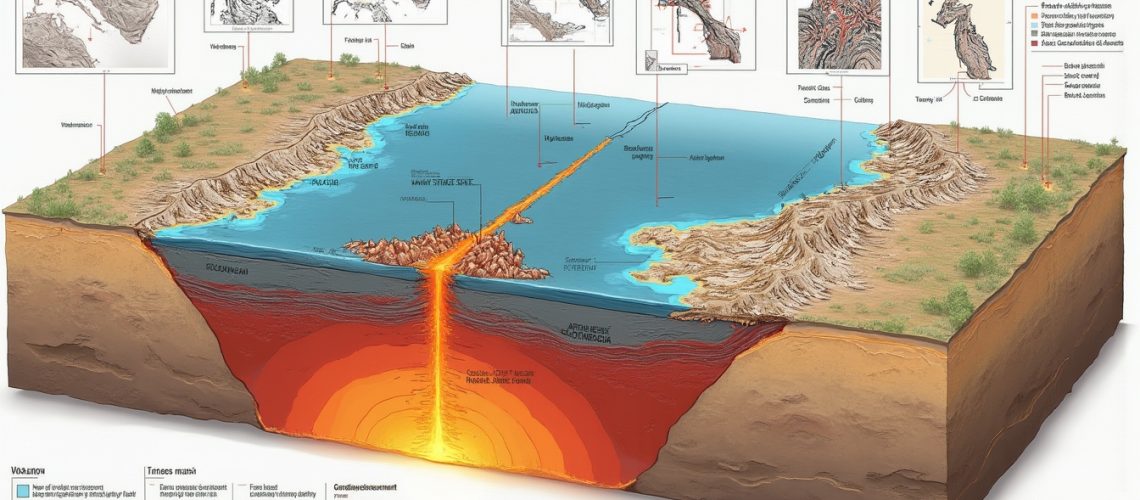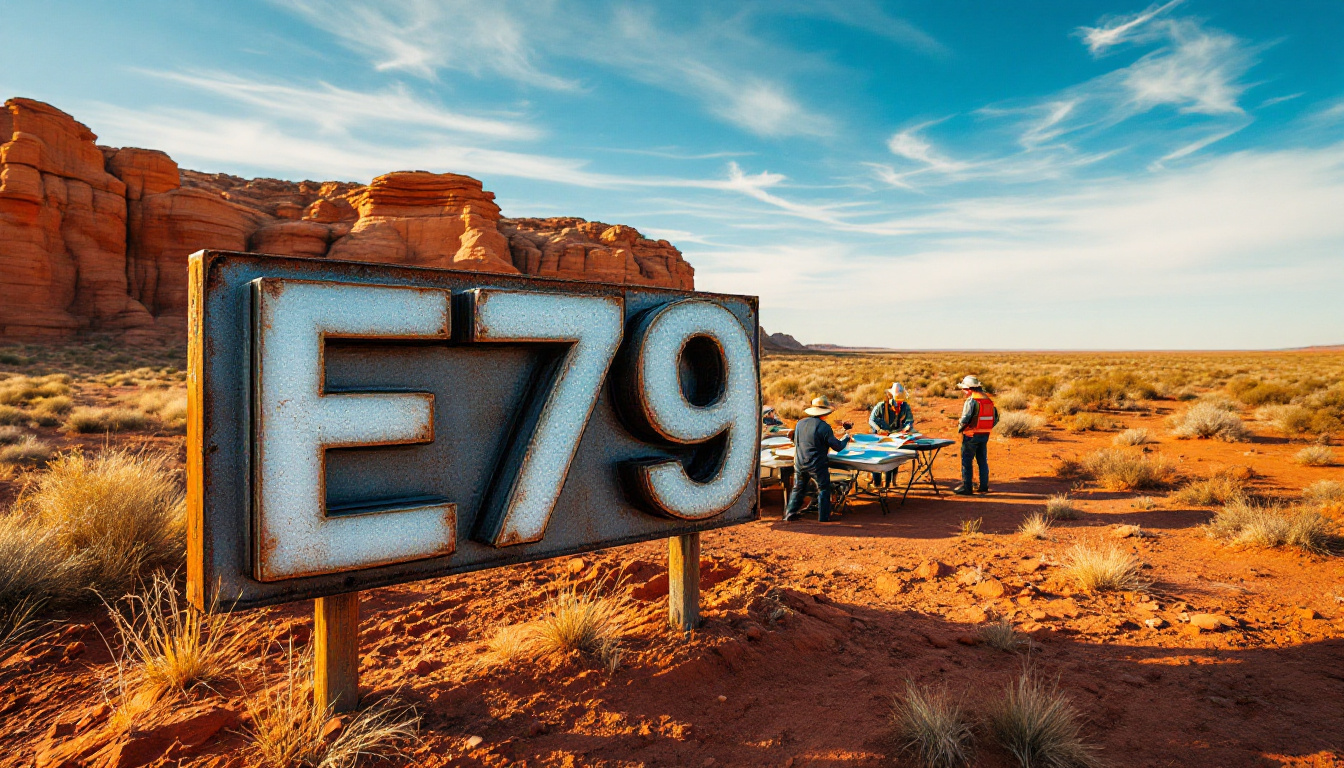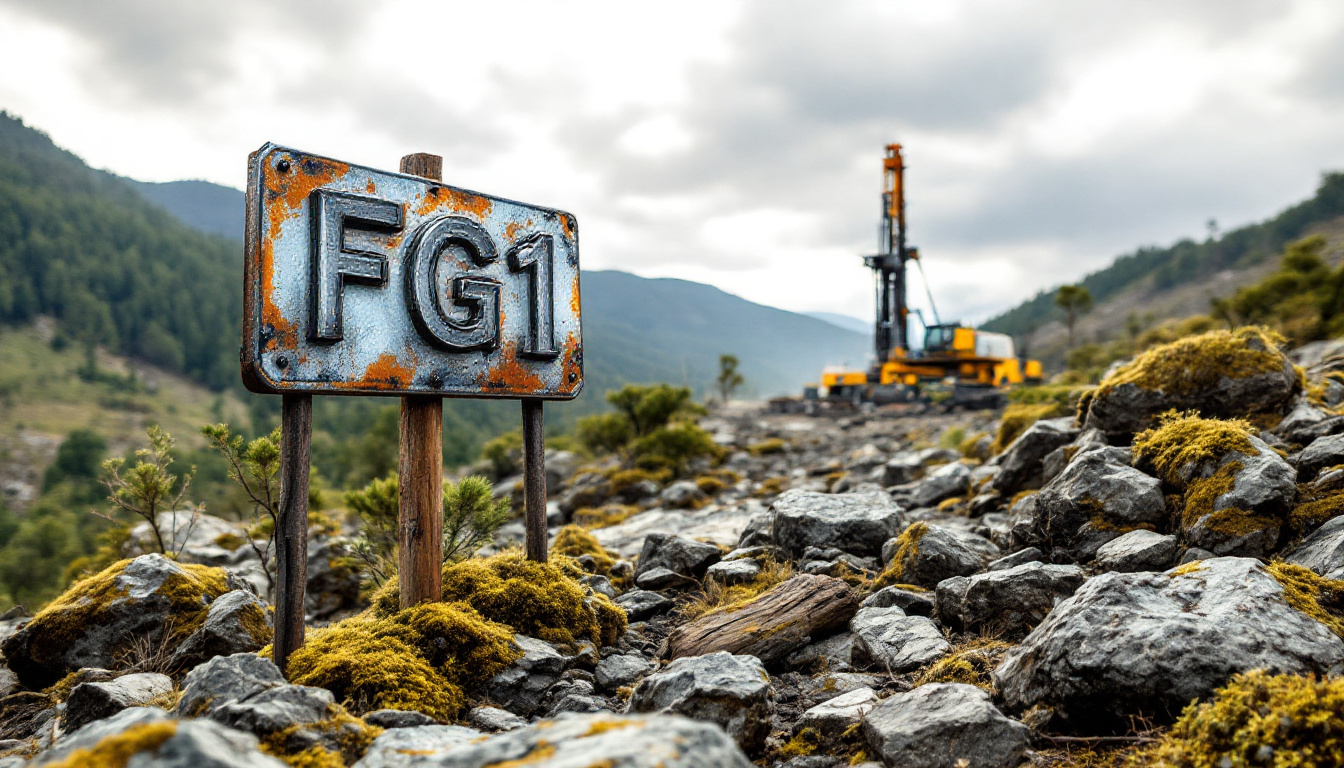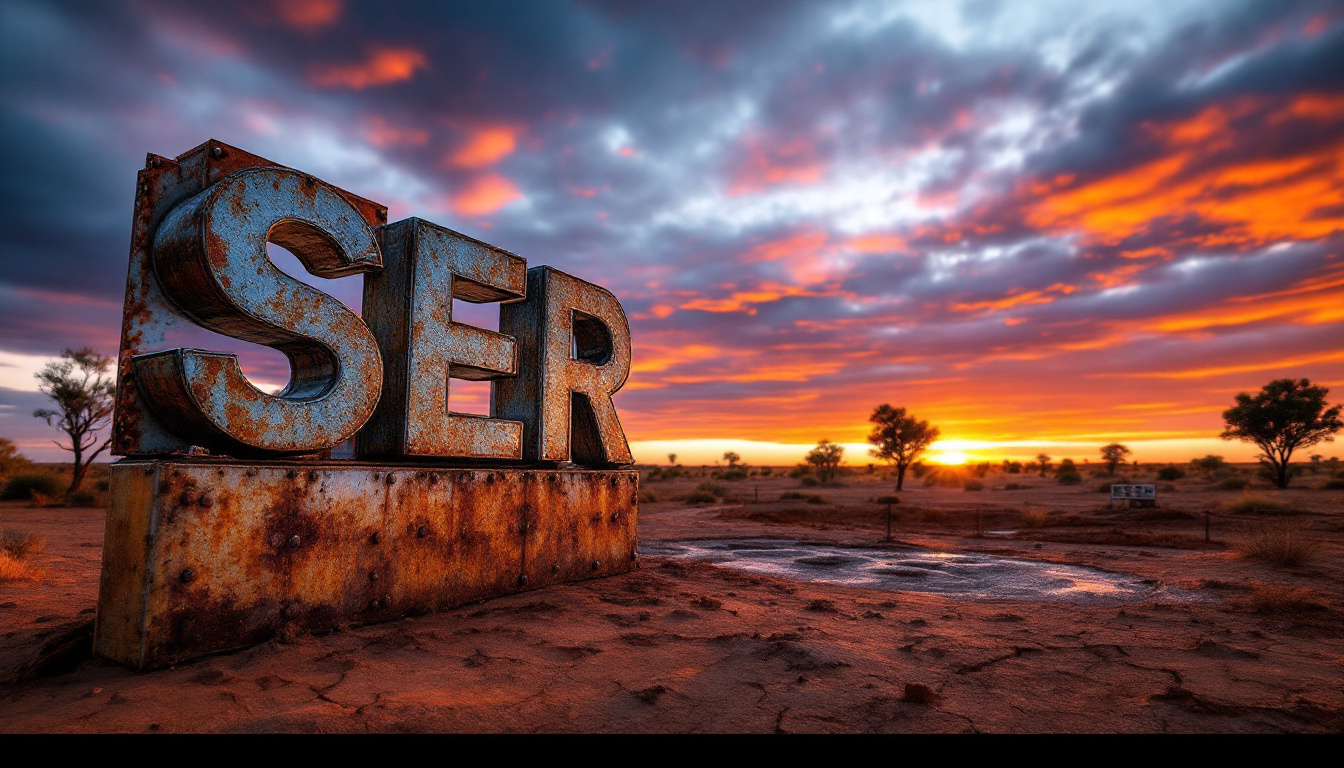During the Permian period, approximately 280 to 250 million years ago, a remarkable geological transformation unfolded along the eastern margin of Gondwana—the ancient supercontinent that once unified the landmasses of the Southern Hemisphere. Through the complex process of subduction, where dense oceanic tectonic plates were forced beneath lighter continental plates, a vast oceanic volcanic arc system emerged. This dynamic event not only reshaped the prehistoric landscape but also laid the foundation for significant mineral deposits that continue to impact modern economies.
This continuous volcanic island chain ultimately connected regions that would become New Zealand, Australia, New Caledonia, and Antarctica. The subduction-driven mechanism generated immense heat and pressure, triggering magma production that formed a series of volcanic islands stretching thousands of kilometres along Gondwana's margin. Understanding this ancient arc system provides critical insights into plate tectonics, mineral resource formation, and the geological history of the Southern Hemisphere.
Subduction and the Formation of the Ancient Arc System
Subduction is a fundamental tectonic process where one tectonic plate descends beneath another, leading to significant geological transformations. In the Permian arc system, dense oceanic plates plunged beneath lighter continental plates, creating complex magmatic environments that produced extensive volcanic activity. This activity was characterised by frequent eruptions and the formation of new crustal material.
The subduction zones generated magma at estimated rates between 0.5 to 1 cubic kilometre per year, with partial melting of the mantle reaching percentages from 15% to 25%. These processes led to the creation of a continuous volcanic arc marked by high-temperature magmatic events and ongoing tectonic upheaval. Studying such processes is vital for comprehending how ancient geological events influence current geological formations and mineral deposits.
Evidence from Shared Terranes
Geological terranes serve as tangible evidence of the arc's interconnected nature. Key terranes include the Brook Street Terrane (BST) in New Zealand, the Gympie Terrane in Queensland, the Téremba Terrane in New Caledonia, and Northern Victoria Land in Antarctica. These terranes share remarkable similarities in their volcaniclastic sequences and magmatic signatures.
Zircon U-Pb dating reveals age clusters around 275 ± 5 million years, confirming their shared origin and evolutionary path. Moreover, the presence of similar rock types, fossil assemblages, and structural features across these terranes underscores the continuity of the volcanic arc system during the Permian period.
The Significance of the Brook Street Terrane
The Brook Street Terrane is central to understanding the evolution of the Permian volcanic arc. Characterised by high-magnesium basalts, ultramafic cumulates, and complex intrusive bodies, the BST provides unprecedented insights into primitive island arc formation. Petrological studies reveal distinctive features such as high magnesium number (Mg#) ranges between 68 and 72, and chromite spinel Cr# values of 60 to 80, indicating high-degree melting processes.
These characteristics suggest significant deep mantle contributions to magma generation, offering clues about the Earth's internal processes during the Permian period. The BST serves as a natural laboratory for studying the formation of certain mineral deposits, such as chromite and platinum group elements. Understanding the geology of ore deposits in such contexts is crucial for modern mineral exploration and extraction efforts.
Insights from the Gympie and Téremba Terranes
The Gympie Terrane in Queensland and the Téremba Terrane in New Caledonia offer complementary evidence of the shared volcanic arc. Gympie's volcaniclastic deposits contain over 70% lithic fragments, indicating violent volcanic activity and rapid deposition. Téremba's basaltic to andesitic flows showcase matching isotopic profiles with the BST, further supporting a common origin.
Fossil-bearing sedimentary layers within these terranes provide additional correlative evidence. For example, similar fossil assemblages suggest that these regions shared the same ecological conditions. This strengthens the hypothesis of a connected volcanic arc system during the Permian period.
Antarctica's Role in the Arc System
Northern Victoria Land in Antarctica preserves crucial remnants of the Permian island arc sequences. Structural geological parallels, including consistent fault lines and fold structures, align with other terranes across modern continents. Geochemical analyses confirm striking similarities, reinforcing the argument that these landmasses were once part of a continuous volcanic arc system before continental drift separated them.
Antarctica's inclusion in the study of the Permian arc system provides a more comprehensive understanding of the geological history of Gondwana and the processes that have shaped the Earth's crust over millions of years.
Evidence of Former Connections
Multiple lines of geological evidence support the connection between these terranes:
- Detrital zircon dating provides precise age alignments, indicating simultaneous geological events across these regions.
- Ophiolite fragments—sections of the Earth's oceanic crust and the underlying upper mantle that have been uplifted and exposed above sea level—offer proof of shared tectonic processes.
- Metamorphic assemblages reveal consistent pressure and temperature conditions during formation.
- Fossil records show identical species of fossilised marine organisms found in separate terranes, suggesting geographical linkage.
Advanced isotopic analyses further substantiate the interconnected nature of these geological formations, revealing a complex history of continental evolution.
The Impact of Rifting and Continental Drift
Jurassic and Cretaceous rifting events fragmented Gondwana and initiated the opening of the Tasman Sea. Subduction rollback and plate divergence drove the gradual isolation of these landmasses. Zealandia's eastward drift played a crucial role in separating the original arc, transforming a once-continuous geological system into isolated terrane fragments scattered across the Southern Hemisphere.
This separation had profound effects on the geological evolution of these regions, influencing not only their physical geography but also their mineral wealth and biodiversity.
Formation of Mineral Deposits from Volcanic Activity
The volcanic arc's complex geological history produced significant mineral resources. Ultramafic cumulates in New Zealand host platinum group elements and chromite, while New Caledonia features extensive nickel-laterite deposits derived from weathered ultramafic rocks.
Hydrothermal systems associated with the ancient island arc settings generated substantial copper, gold, and base metal sulphide deposits. This highlights the economic significance of these geological processes, as such mineral deposits are valuable for various industries today.
Similar geological processes are observed in modern copper mining districts, where ancient volcanic activity has led to the formation of rich mineral deposits.
Modern Implications and Economic Significance
Understanding the formation of these ancient mineral deposits is not just of academic interest; it has practical implications for modern mining and resource extraction. The methodologies applied in studying the Permian volcanic arc can inform exploration strategies for locating new mineral deposits.
For example, insights from ancient geological processes can aid in revitalising ferroalloy industries by identifying new sources of important metals like iron, nickel, and chromium. Additionally, understanding geological formations assists in predicting trends in iron ore market dynamics, which is crucial amid global economic fluctuations.
Moreover, as global demand for minerals continues to rise, understanding the geological history that led to the formation of these deposits becomes increasingly important. This knowledge can help reduce environmental impacts by focusing exploration efforts more efficiently.
Environmental Considerations in Modern Mining
While the extraction of mineral resources is economically important, it also poses environmental challenges. Modern mining practices must balance the need for resources with environmental protection and sustainability.
Efforts such as reducing emissions in mining operations are essential for enhancing safety and minimising the environmental footprint of mining activities. By learning from ancient geological events and applying modern technology, the mining industry can improve its practices to be more sustainable and environmentally friendly.
Frequently Asked Questions
How old is the Permian volcanic arc?
Approximately 280 to 250 million years ago, during the late Palaeozoic to early Mesozoic period.
Why are New Zealand, Australia, New Caledonia, and Antarctica linked geologically?
They share matching volcanic and magmatic features from a single subduction-driven arc system, indicating they were once part of a continuous geological formation.
What makes the Brook Street Terrane unique?
Its high-magnesium and ultramafic compositions suggest a primitive arc source with minimal crustal contamination, providing valuable insights into early magmatic processes.
How do we confirm these terranes were once joined?
Through geochemical fingerprinting, fossil correlations, and advanced detrital zircon dating techniques that align geological events across different regions.
What mineral resources originate from this ancient arc activity?
Platinum group elements, chromite, nickel-laterites, copper, gold, and base metal sulphides are among the valuable minerals formed due to the volcanic activity of the arc.
Are You Ready to Discover the Next Big Mineral Discovery?
Dive deeper into the dynamic world of ancient geological transformations and transform your understanding into actionable investment opportunities. Enhance your insights with Discovery Alert's real-time notifications and AI-driven analysis, perfect for both new and seasoned investors. Start a 30-day free trial today and explore how Discovery Alert can revolutionize your investment strategy.







